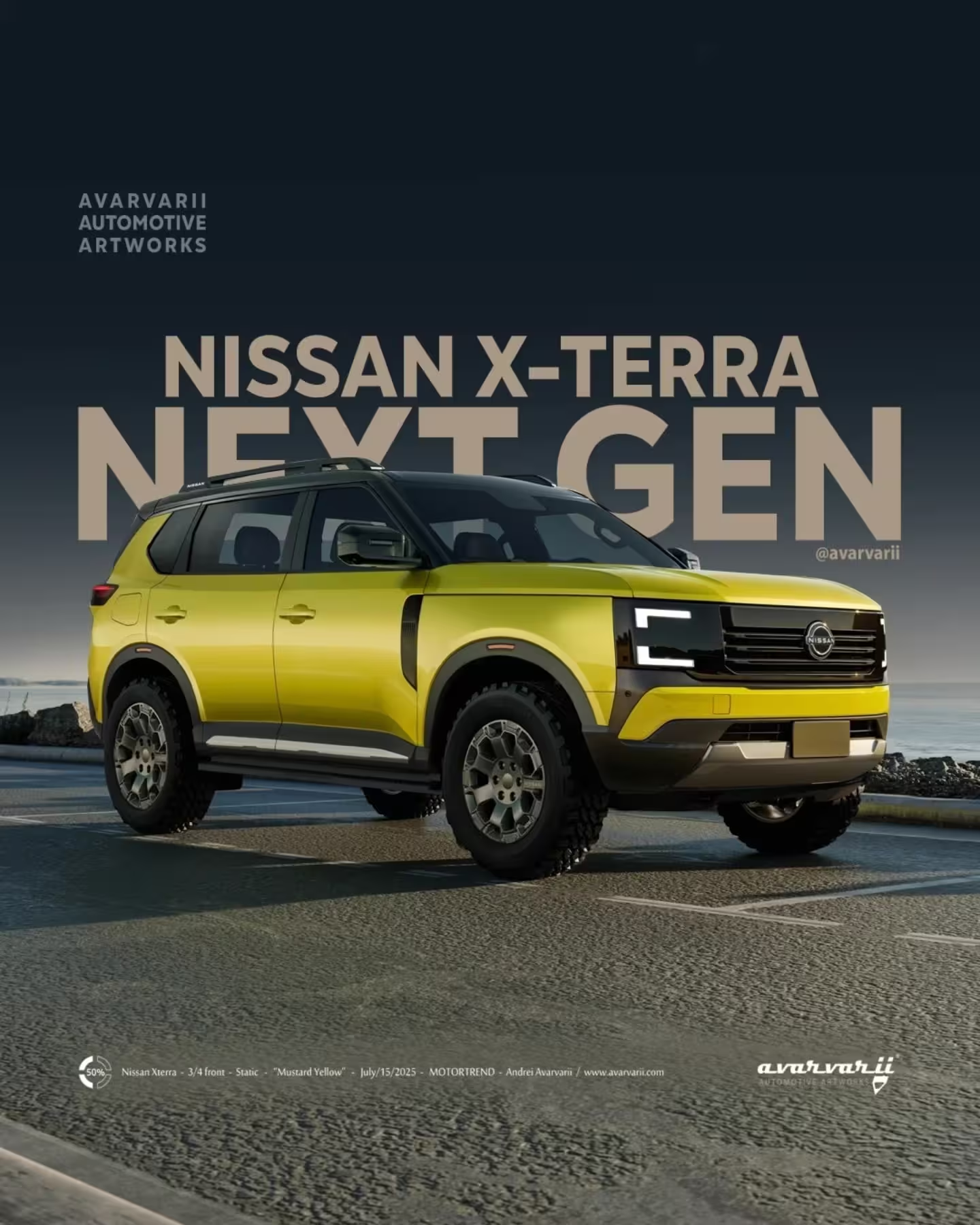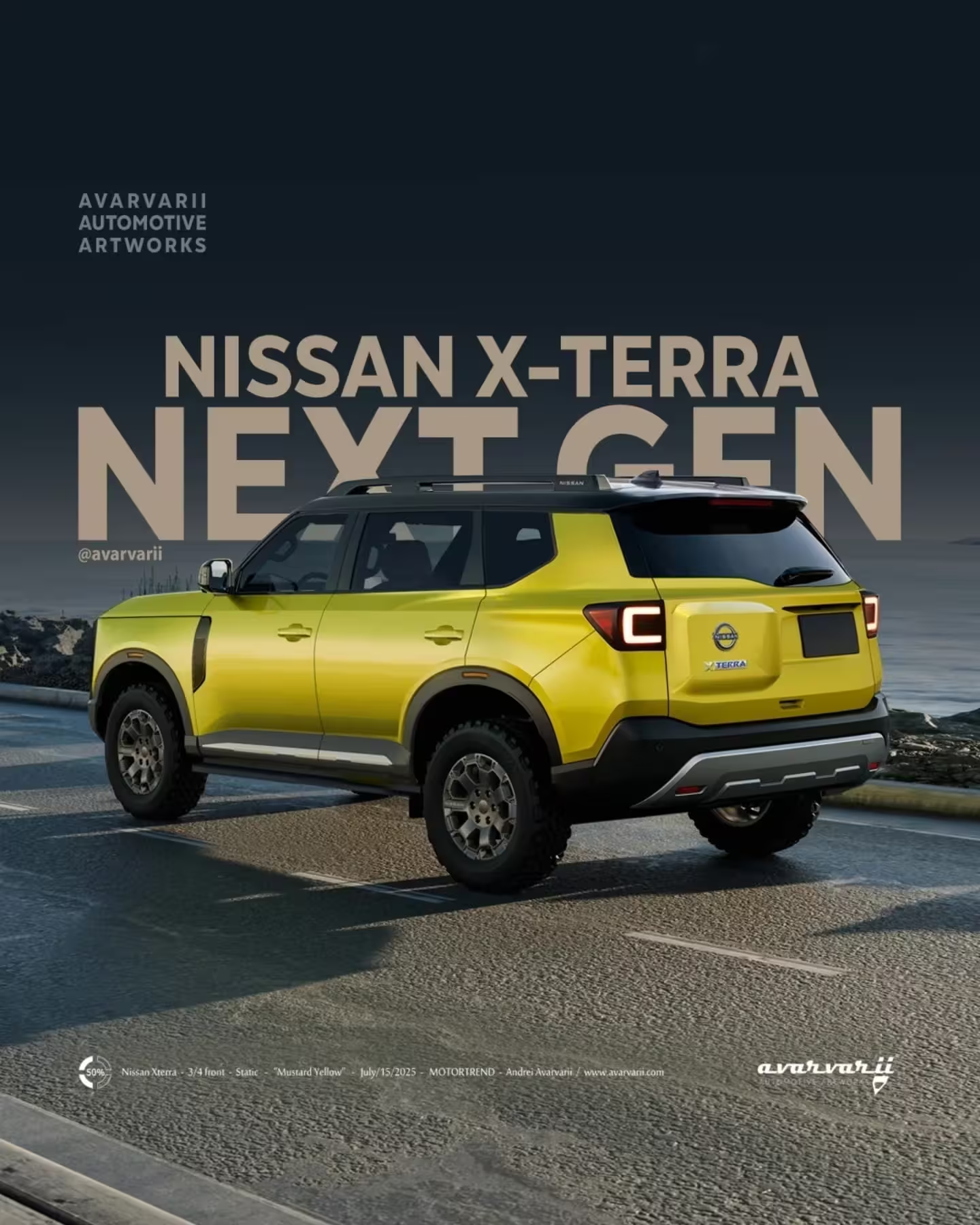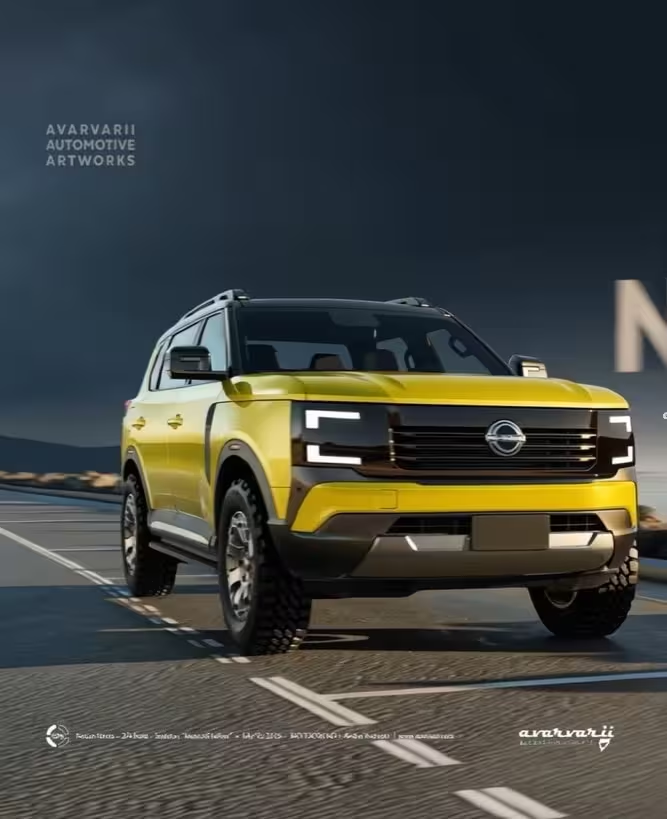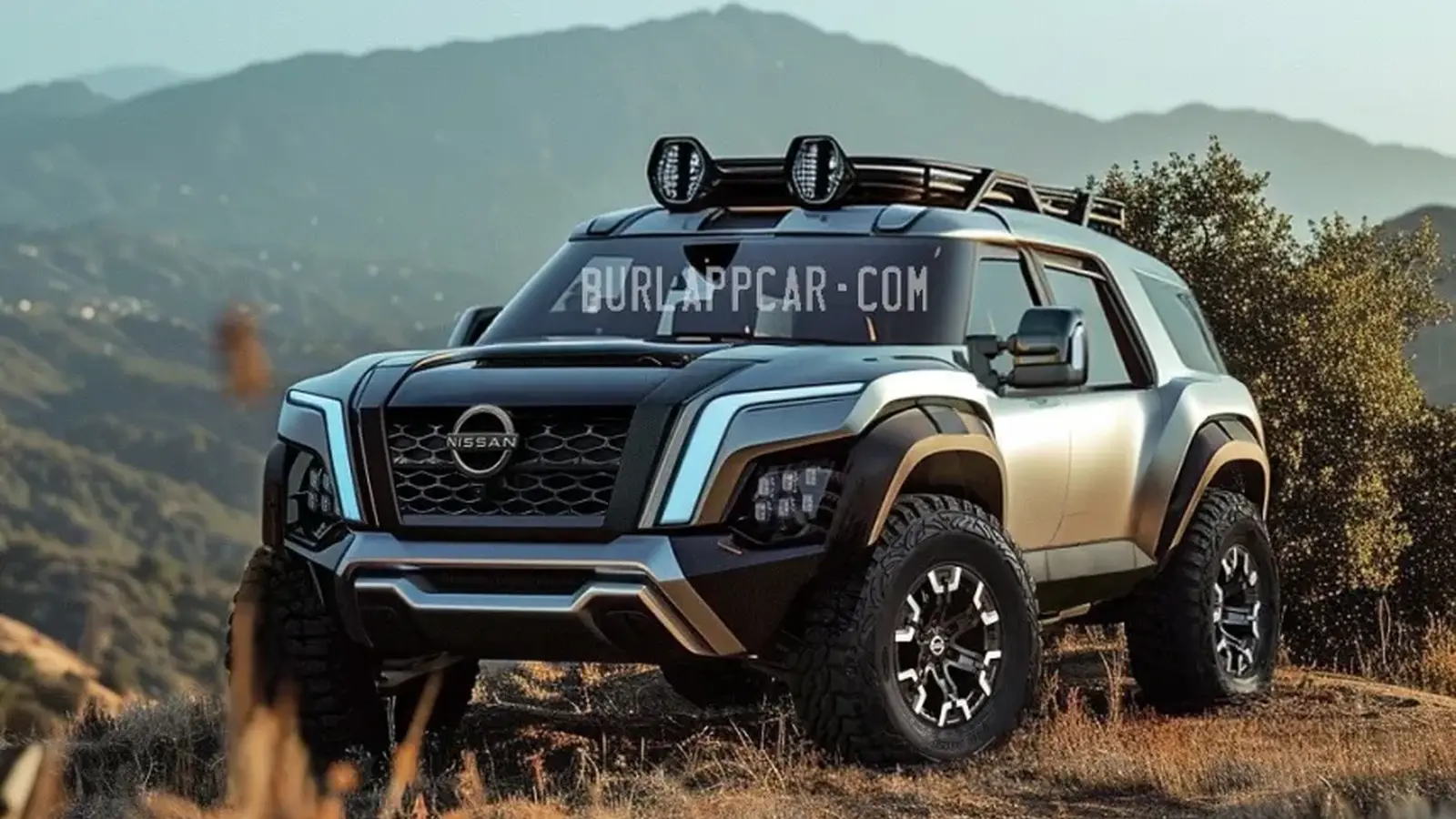4 Minutes
New CGI teasers and real-world hints point to a comeback
Nissan appears to be reviving the Xterra nameplate, and a mix of executive hints and fan-made renders has reignited interest in a rugged, mid-size SUV that left showrooms in 2015. According to Nissan leadership, the brand targets a 2028 launch for a new Xterra — a vehicle meant to be affordable, durable, and trail-capable, putting it squarely in competition with the Toyota 4Runner, Jeep Wrangler, and Ford Bronco.
Where the rumor trail starts
At a national dealer meeting in Las Vegas, Nissan executive Ivan Espinosa signaled that an Xterra revival is a few years away, with 2028 penciled in for launch. Nissan has kept technical specifics under wraps, but a brief teaser earlier this year suggested an upright grille, boxy headlights, and muscular proportions reminiscent of traditional off-roaders.
Powertrain and production: what we know so far
Speculation about the 2028 Nissan Xterra centers on partial electrification rather than a full battery-electric approach. Industry whispers claim a battery capable of roughly 75 miles (120 km) of silent, electric-only driving could be paired with a gasoline-powered range extender — possibly a V6. That setup would position the Xterra as a versatile hybrid or PHEV-oriented off-roader, balancing efficiency for daily driving with range for long trips.

Production is expected to return to familiar ground: Canton, Mississippi, the same plant where the previous Xterra was built. Bringing manufacturing back to North America would be a strategic move to reduce logistics cost and quickly react to U.S. market demand for high-riding SUVs.
Expected highlights
- Mid-size SUV footprint with rugged underpinnings and improved ground clearance
- Partial electrification with an estimated 75-mile electric range
- Gasoline range extender likely to be a V6 for sustained off-road performance
- Built in Canton, Mississippi to serve North American buyers
Fan renders stir the conversation
Meanwhile, digital artist @vburlapp released a bold CGI concept of the proposed Xterra that spread across social media. The render leans heavily into the off-road look: oversized wheel arches, aggressive tires, vented hood, separated LED headlights and DRLs, and a roof rack with auxiliary lighting. The visual reads like a futuristic FJ Cruiser meets modern Nissan cues, which is exciting for enthusiasts but arguably a tad exaggerated for a production model.

The render is useful as a conversation starter even if it’s not a faithful preview. It reveals what many buyers expect: strong off-road capability, rugged styling, and practical accessories like underbody protection and roof storage.
Market positioning and competition
If Nissan positions the Xterra as an affordable, partially electrified mid-size off-roader, it could disrupt the compact field dominated by the 4Runner, Wrangler, and Bronco. Key factors that will determine sales success include:
- Pricing and trim availability
- Real-world off-road capability and durability
- Towing capacity and payload specs
- EV/hybrid range and charging convenience
Dealers appear optimistic. Demand for high-riding, adventurous SUVs remains strong, and an accessible Xterra with modern electrification could attract customers who want capability without premium pricing.

Final take
For now, the 2028 Nissan Xterra remains mostly rumor and imagination — a mixture of executive hints and imaginative CGI. Yet the direction is clear: Nissan is exploring a return to the rugged, go-anywhere segment with electrified technology to meet modern expectations. Whether Toyota should worry depends on Nissan's final execution: a competitively priced, capable Xterra with credible hybrid range could certainly shake up the 4Runner and broader off-road SUV market.
What do you think of the render and the reported specs? Is this the kind of mid-size, partially electrified off-roader the market needs, or is the design too radical for production? Share your take.
Source: autoevolution


Leave a Comment